Dare to Dry?

What’s going on?
A record 27% of Americans were “highly likely” to participate in Dry January, and beverage brands crafted unique strategies to step up to the challenge.
The rules of Dry January are fairly straightforward (consume no alcohol from January 1-31) and attractive to those seeking to start the year fresh without the long-term commitment of “New Year, New Me.” Despite OnePoll finding that most people don’t make it past January 10th, brands like Miller Lite — who dropped a $5 tin of Beer Mints to satisfy the craving of knocking back a cold one —proactively found ways to remain relevant all month long. Hendricks Gin went to the gym — the Hendricks Gym that is. Playing off another popular New Year’s Resolution, the brand is encouraging consumers to practice their cocktail making flair and form in preparation for the remaining 11 months of the year, even releasing sporty merchandise:
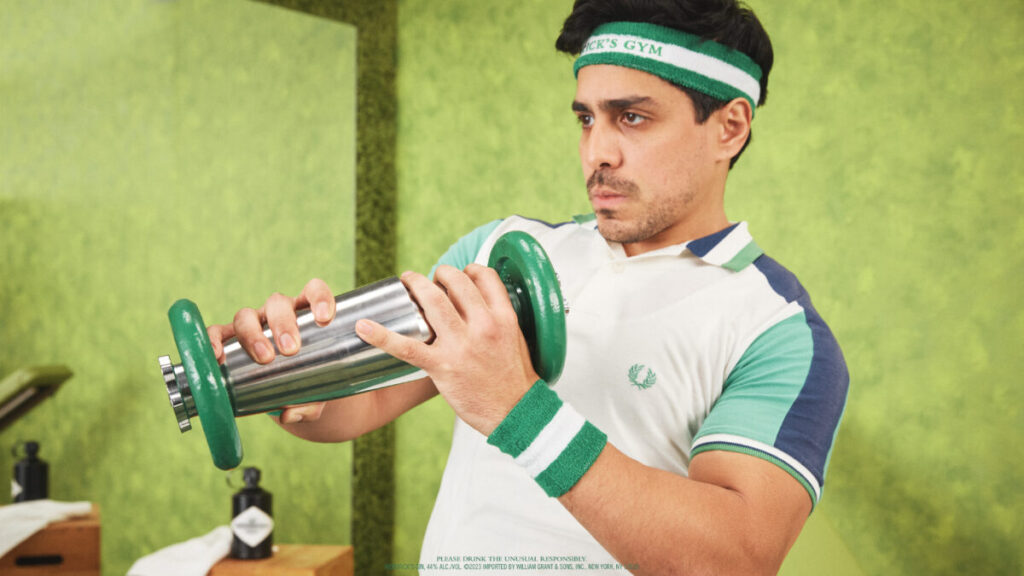
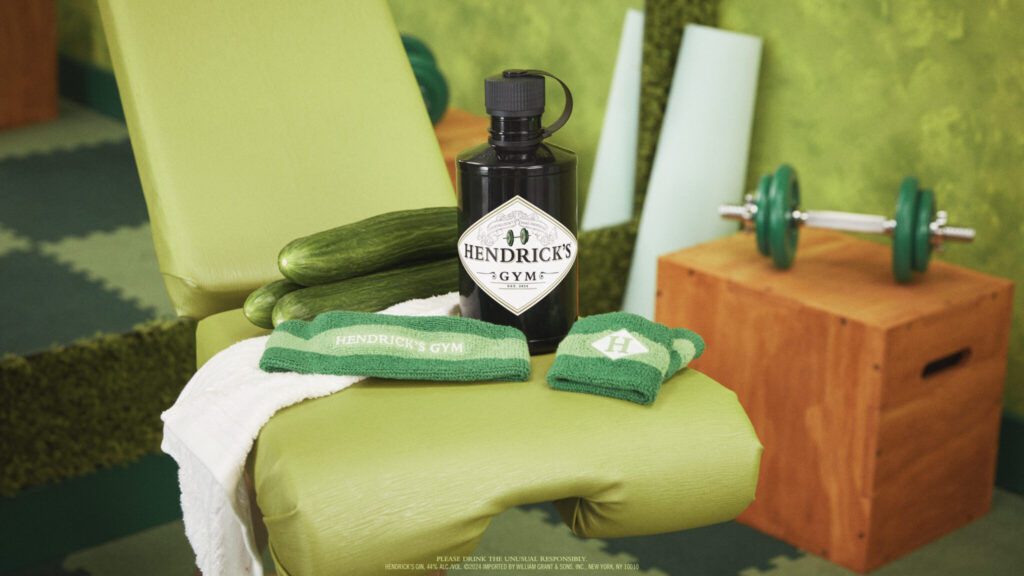
The increase in Dry January participation correlates with the rise of sober curiosity, a mindful approach to cutting back (though not completely abstaining) from alcohol. The trending movement has made way for the rise of non-alcoholic beverages, which saw a booming 31% rise in 2023. Though the health benefits are plentiful, it’s more about the “everyone’s-invited-to-the-party” vibe, which Corona and White Claw are among the latest brands to cash in on. Blue Moon too, who hopes to break in its new NA Belgian White beer with the 80% of “flexible drinkers” (buying from both the alcoholic and NA categories) by offering a free six-pack of their flagship beer to those who purchase their NA version.
What's The Squeeze?
The alcohol industry is repurposing their unused lemon garnishes into lemonade rather than letting them go to waste. Though perhaps paradoxical, healthcare brands — operating in what can feel like an avoidance category at times — can take inspiration.
According to the SPM Consumer Compass®, 79%of Americans believe a hospital’s job should be to keep people well (such as providing fitness and wellness programs) and not just treat their illnesses. And 61% expect their primary care physician to provide them with wellness advice (e.g., diet, exercise, lifestyle changes, etc.) to prevent medical problems from occurring. While promoting services so consumers know where to go when a need arises is crucial, we can maintain top-of-mind awareness in between appointments by sharing the wellness communications they crave.
A great place to start? Join the cultural conversation around the health and wellness benefits of Dry and Damp January. Sober curiosity is more than just a trend; leverage your providers and nutritionists to share knowledge and resources that will connect with interested audiences. And communicating that from the judgment-free zone will invite even more people in.
If you’re personally feeling sober curious, check out Sunnyside below, a popular mindful drinking application and blog with helpful tips and benefits to inspire moderation.
Related Insights.
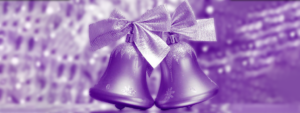
Jingle All the Way Down Memory Lane.
This innovative initiative leveraged nostalgic advertising jingles to help Puerto Ricans with Alzheimer’s to remember their past.
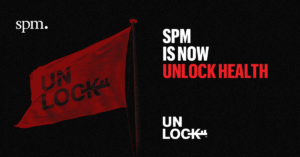
Unlock Health Announces Acquisition of SPM Group, the Premier Network of Health and Healthcare Marketing Agencies
The acquisition positions Unlock Health as the leading growth marketing platform in the health services sector by size, scale, and breadth of capabilities. NASHVILLE, TENN.

Busta the Cycle
As consumers struggle to manage rising healthcare costs amid their inflated everyday expenses, there seems to be a shimmy of hope on the horizon.
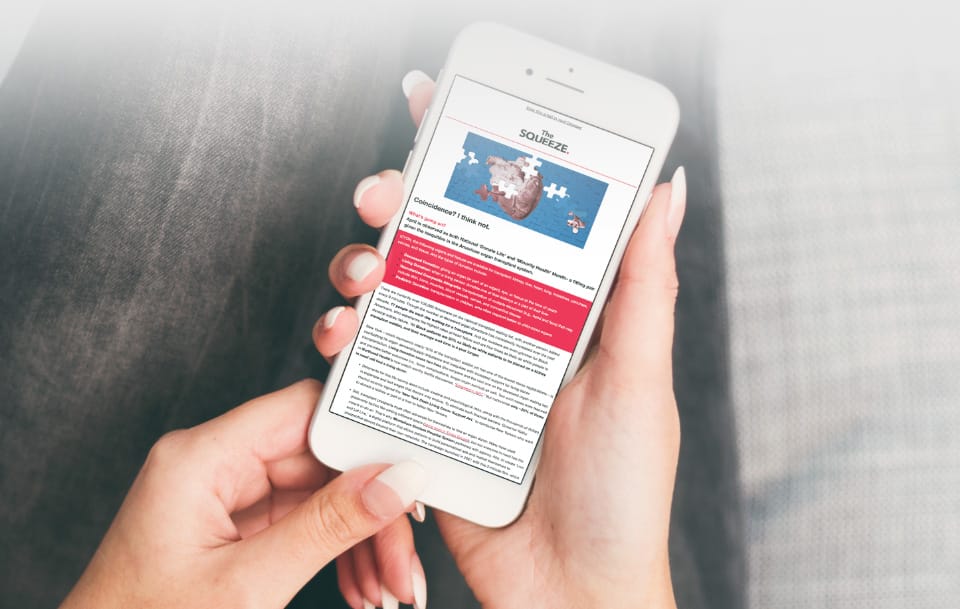
Get The Squeeze.
Receive the latest trends and insights from all around the world of consumer advertising and healthcare marketing straight to your inbox. From new tools to noteworthy campaigns, we’ll break it down and give you all the juice.




